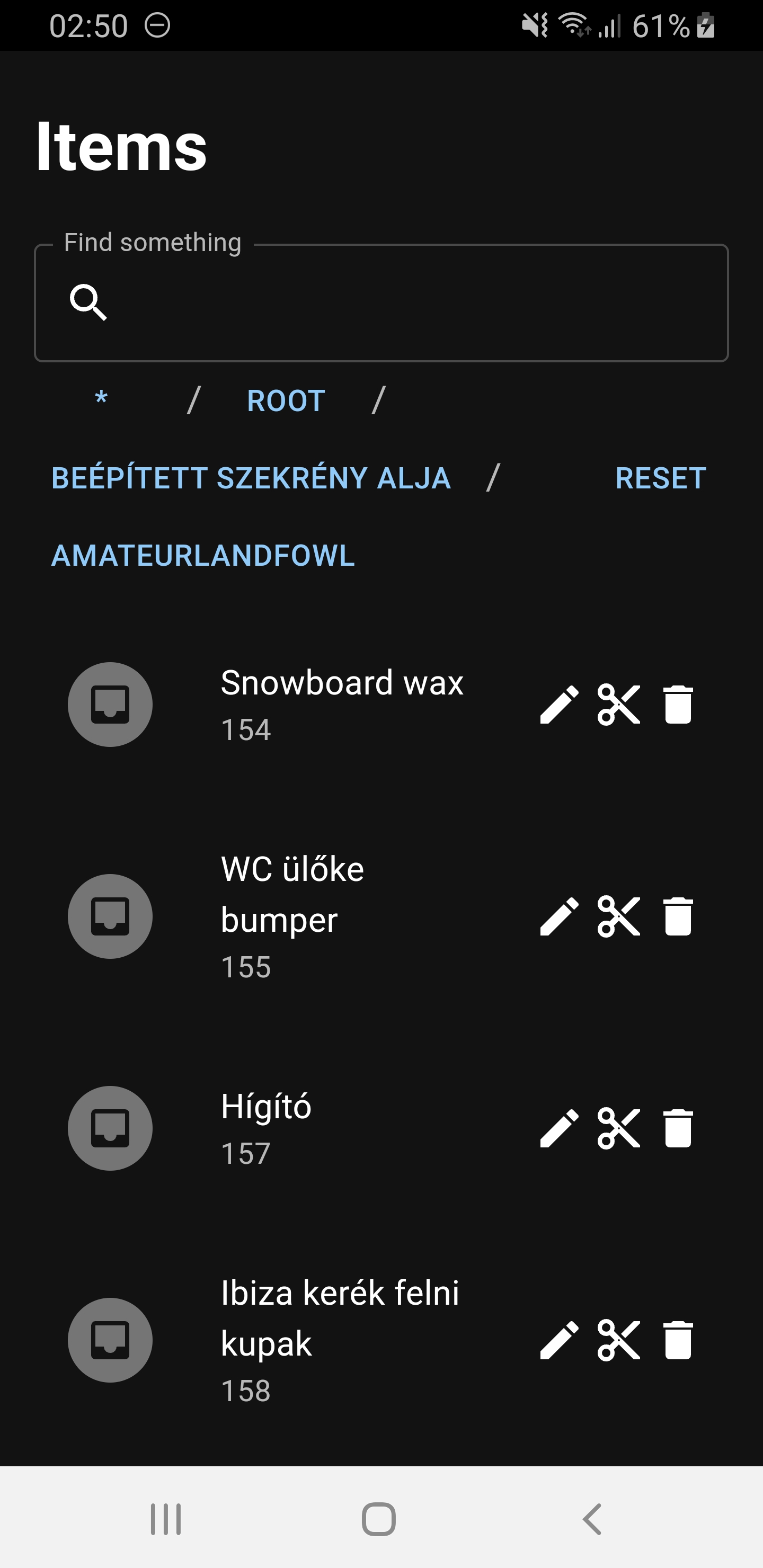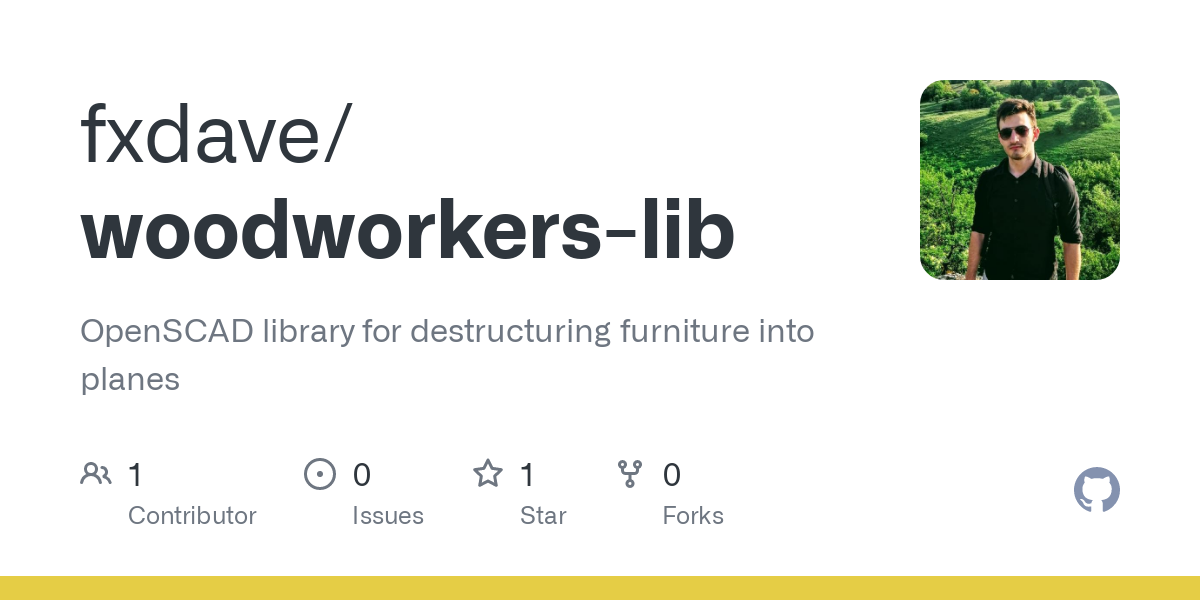

None of them good for non techy people. I wouldn’t recommend mint. Gnome is the most friendly DE with pleasing defaults. There are many immutable flatpak distros coming with gnome. e.g.: Endless os which is pre installed on some asus laptops instead of Ubuntu for reason.




Our views can be compatible. Endless os is quite limited right now, but if flathub would have xampp, for example, that would be easily the simplest way to run a webserver. However, every techy person prefers docker, me too. It’s just not something that my mother can deal with. In general, linux is lacking these mother compatible apps where we have more advanced solution. Of course, I wouldn’t recommend endless and others in the category if the goal is to run a webserver.